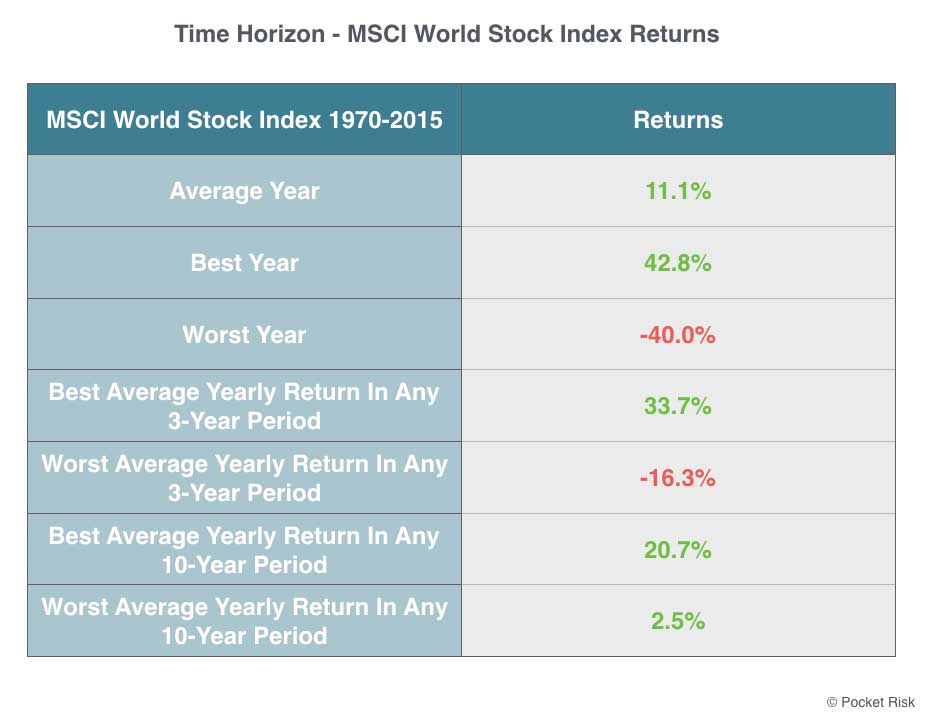Table of Contents5 Easy Facts About What Is The Purpose Of A Derivative In Finance ExplainedThe What Is A Derivative Market In Finance DiariesWhat Is Derivative In Finance for BeginnersWhat Is Derivative Market In Finance Can Be Fun For Everyone
Due to the fact that they can be so unstable, relying heavily on them might put you at major monetary threat. Derivatives are complicated monetary instruments. They can be excellent tools for leveraging your portfolio, and you have a lot of versatility when deciding whether or not to exercise them. However, they are likewise risky investments.

In the right-hand men, and with the ideal strategy, derivatives can be an important part of an investment portfolio. Do you have experience investing in financial derivatives? Please pass along any tips in the comments listed below.
What is a Derivative? Essentially, a derivative is a. There's a great deal of terminology when it concerns finding out the stock exchange, but one word that investors of all levels must know is acquired due to the fact that it can take lots of types and be an important trading tool. A derivative can take many kinds, consisting of futures agreements, forward agreements, options, swaps, and warrants.
These possessions are generally things like bonds, https://www.inhersight.com/companies/best?_n=112289281 currencies, products, rates of interest, or stocks. Consider example a futures agreement, which is among the most common types of a derivative. The worth of a futures agreement is impacted by how the underlying contract performs, making it a derivative. Futures are typically used to hedge up riskif an investor buys a specific stock however concerns that the share will decline over time, she or he can get in into a futures agreement to secure the stock's worth.
The Best Guide To What Is Derivative Instruments In Finance
The over-the-counter variation of futures agreements is forwards agreements, which essentially do the same thing however aren't traded on an exchange. Another common type is a swap, which is generally a contact between two individuals concurring to trade loan terms. This could include somebody swapping from a set interest rate loan to a variable interest loan, which can help them improve standing at the bank.
Derivatives have actually developed with time to include a variety of securities with a variety of functions. Since financiers attempt to make money from a rate modification in the hidden property, derivatives are typically used for hypothesizing or hedging. Derivatives for hedging can typically be viewed as insurance coverage. Citrus farmers, for example, can use derivatives to hedge their direct exposure to cold weather that could significantly reduce their crop.
Another typical use of derivatives is for speculation when wagering on an asset's future rate. This can https://www.dandb.com/businessdirectory/wesleyfinancialgroupllc-franklin-tn-88682275.html be particularly practical when trying to avoid currency exchange rate problems. An American investor who buys shares of a European company utilizing euros is exposed to exchange rate danger due to the fact that if the currency exchange rate falls or changes, it might affect their overall revenues.

dollars. Derivatives can be traded two ways: over the counter or on an exchange. Most of derivatives are traded nonprescription and are unregulated; derivatives traded on exchanges are standardized. Generally, over-the-counter derivatives carry more danger. Prior to participating in a derivative, traders should be mindful of the dangers associated, consisting of the counterparty, underlying possession, cost, and expiration.
What Is Derivative N Finance for Beginners
Derivatives are a common trading instrument, however that does not imply they lack controversy. Some investors, significantly. In reality, professionals now extensively blame derivatives like collateralized debt obligations and credit default swaps for the 2008 monetary crisis because they resulted in excessive hedging. However, derivatives aren't naturally bad and can be a helpful and profitable thing to include to your portfolio, specifically when you comprehend the process and the dangers (what determines a derivative finance).
Derivatives are one of the most extensively traded instruments in monetary world. Value of a derivative transaction is originated from the worth of its underlying asset e.g. Bond, Rates of interest, Product or other market variables such as currency exchange rate. Please check out Disclaimer prior to continuing. I will be explaining what acquired monetary items are.
Swaps, forwards and future products belong to derivatives product class. Examples consist of: Fx forward on currency underlying e.g. USDFx future on currency underlying e.g. GBPCommodity Swap on product underlying e.g. GoldInterest Rate Swap on rates of interest curve underlying e.g. Libor 3MInterest Rate Future on interest rate underlying e.g. Libor 6MBond Future (bond hidden e.g.
Therefore any modifications to the hidden property can alter the value of a derivative. what is a derivative in finance. Forwards and futures are monetary derivatives. In this area, I will detail resemblances and distinctions amongst forwards and futures. Forwards and futures are really comparable due to the fact that they are agreements in between two parties to buy or offer a hidden asset in the future.
Not known Details About What Is Considered A Derivative Work Finance
Nevertheless forwards and futures have lots of differences. For a circumstances, forwards are private between 2 celebrations, whereas futures are standardized and are in between a party and an intermediate exchange house. As a consequence, futures are safer than forwards and traditionally, do not have any counterparty credit threat. The diagram below illustrates qualities of forwards and futures: Daily mark to market and margining is required for futures agreement.
At the end of every trading day, future's agreement cost is set to 0. Exchanges keep margining balance. This helps counterparties mitigate credit danger. A future and forward agreement may have identical properties e.g. notional, maturity date etc, however due to day-to-day margining balance maintenance for futures, their rates tend to diverge from forward costs.
To highlight, assume that a trader purchases a bond future. Bond future is a derivative on an underlying bond. Price of a bond and rates of interest are highly inversely proportional (negatively associated) with each other. Therefore, when interest rates increase, bond's cost decreases. If we draw bond rate and rates of interest curve, we will discover a convex shaped scatter plot.